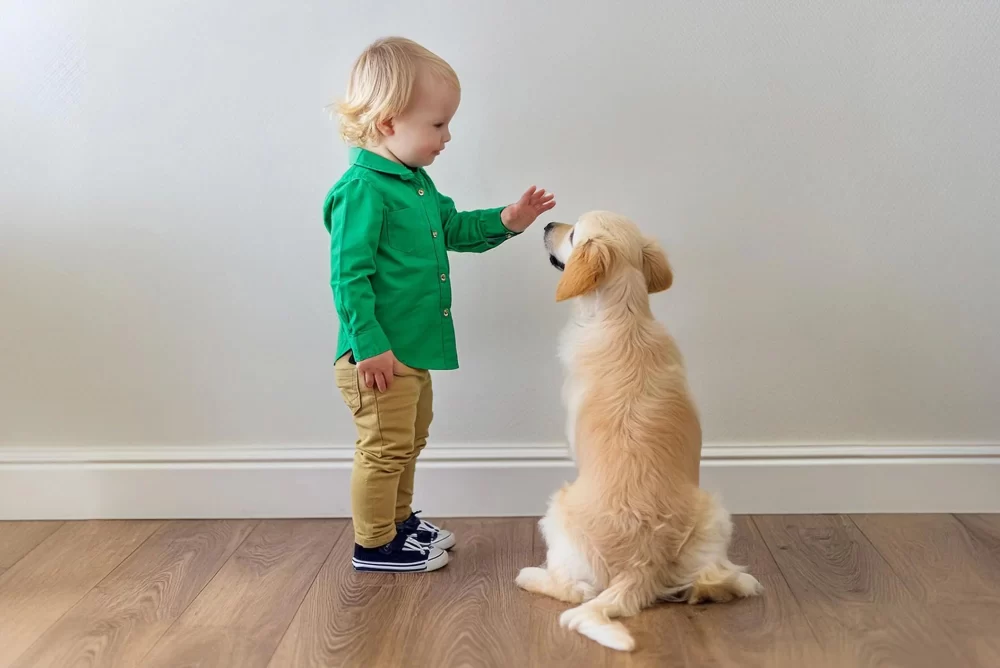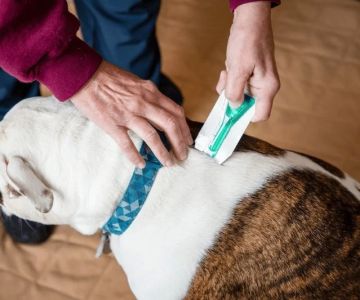- Importance-of-Safe-Puppy-Introduction-to-Children
- Preparing-Children-for-the-New-Puppy
- Step-by-Step-Guide-to-Introducing-Puppies-to-Kids
- Common-Challenges-and-How-to-Handle-Them
- Building-a-Strong-Bond-Between-Puppies-and-Children
- Where-to-Find-Support-and-Resources
1. Importance of Safe Puppy Introduction to Children
Welcoming a puppy into a household with children is an exciting experience, but it requires careful planning to ensure safety and harmony. Puppies are curious and energetic, while children are often eager and inexperienced in handling pets. Understanding how to introduce puppies to children is crucial to prevent accidental injuries and to promote a lifelong positive relationship.
Safe introductions set the tone for respectful interaction, reducing fear or aggression on either side. Early positive experiences help puppies become well-socialized dogs and teach children empathy and responsibility. This early foundation is vital not just for the safety of both parties but also for nurturing a bond that lasts a lifetime.
1.1 Why Proper Introduction Matters
Improper introductions can lead to behavioral problems such as fear, biting, or anxiety in puppies, and frustration or fear in children. Studies in animal behavior show that dogs exposed to gentle and consistent socialization during puppyhood tend to be more confident and less reactive. Children who learn to respect animals often develop better emotional intelligence and patience.
1.2 Real-Life Example
Consider the story of a family in Seattle who recently adopted a Labrador puppy. Initially, their young son was overly excited and grabbed the puppy’s ears, causing the pup to snap defensively. With guidance from their veterinarian, they implemented a structured introduction plan, teaching their son gentle petting and how to recognize the puppy’s signals. Over weeks, the puppy became calm around the child, and the boy grew more confident and caring.
2. Preparing Children for the New Puppy
Before bringing a puppy home, preparation is key to easing the transition for children. This stage focuses on setting expectations and educating kids about puppy needs and behavior.
2.1 Educate About Puppy Behavior
Children should understand that puppies are not toys but living beings who need gentle handling. Explain the puppy’s body language—such as wagging tails, growls, or hiding—to help kids recognize when the puppy feels happy, scared, or overwhelmed.
2.2 Set Rules Together
Involve children in creating simple rules for interacting with the puppy. Rules like “always ask before petting,” “no rough play,” and “let the puppy rest” give kids a sense of responsibility and clarity.
2.3 Use Role-Playing
Role-playing scenarios with stuffed animals can help children practice calm and gentle behaviors before meeting the puppy. This technique reduces anxiety and increases confidence in how to act around a new pet.
3. Step-by-Step Guide to Introducing Puppies to Kids
A carefully structured introduction helps ensure positive interactions from the start. Below is a detailed, stepwise approach to follow:
3.1 First Meeting in a Neutral Environment
Introduce the puppy and child in a quiet, neutral space where neither feels territorial. Keep the puppy on a leash and let the child approach slowly and calmly.
3.2 Supervised Touch and Interaction
Encourage the child to gently pet the puppy’s back or chest, avoiding sensitive areas like the face and tail at first. Praise both puppy and child for calm behavior.
3.3 Short Sessions and Gradual Increase
Keep initial meetings short to avoid overwhelming either the puppy or child. Gradually extend playtime as they become comfortable with each other.
3.4 Teach Appropriate Play
Guide children on using toys for interactive play rather than hands, teaching the puppy bite inhibition and reducing nipping tendencies.
3.5 Recognize Signs of Stress
Learn to spot signs such as yawning, lip licking, or turning away, which indicate the puppy needs a break. Teach children to respect these signals and pause interaction accordingly.
4. Common Challenges and How to Handle Them
Even with the best preparation, some difficulties may arise during puppy and child introductions. Awareness and proactive management are essential.
4.1 Overexcitement and Rough Handling
Younger children might get too enthusiastic, leading to rough handling that stresses the puppy. Redirect children calmly, and provide alternatives such as chew toys or designated play areas.
4.2 Puppy Nipping and Biting
Puppies explore the world with their mouths, which can be alarming for children. Consistent training and providing chew toys can reduce nipping, alongside teaching kids not to pull or chase the puppy.
4.3 Fear or Anxiety in Puppies
If a puppy shows fear, create a safe space for it to retreat and do not force interaction. Gradual desensitization with positive reinforcement helps build trust over time.
5. Building a Strong Bond Between Puppies and Children
Beyond the initial introduction, nurturing a strong relationship involves ongoing effort and mutual respect.
5.1 Shared Responsibility
Assign age-appropriate tasks such as feeding, grooming, or walking to children, helping them feel involved and accountable for the puppy’s wellbeing.
5.2 Positive Reinforcement
Celebrate successes and model gentle behavior. Encourage children to reward the puppy with treats or praise for calm interactions.
5.3 Learning Together
Engage the family in training classes or activities like agility or obedience, which strengthen bonds and build confidence for both children and puppies.
6. Where to Find Support and Resources
For families seeking expert guidance on introducing puppies to children, consulting professionals is invaluable. Veterinary clinics such as Hidden Brook Veterinary provide tailored advice, puppy care products, and training resources that suit your family’s unique needs.
Hidden Brook Veterinary offers comprehensive support from puppy wellness checks to behavioral counseling, ensuring your child and puppy develop a healthy and joyful relationship. Exploring such specialized services can significantly ease the adjustment period and maximize positive outcomes.












